Sanford Health nurses went to Guatemala on a humanitarian mission in September intending to help an impoverished area with its health care needs. Over a span of nine days, they assisted in more than 120 surgeries, treated more than 1,200 patients and improved community infrastructure.
By the numbers, it was an impressive effort. What this Sanford group of nine nurses received in return is what they wanted to talk about when they got back to their lives, careers and families in the United States, however. The long hours were rewarded with memories of grateful and healthier patients.
Nothing feels better, they learned, than doing some good for people who need it and appreciate it.
“This trip was a great opportunity to take a step back and remember why I got into health care in the first place,” said Haley Gilstad, a stroke program coordinator at Sanford Bismarck. “The patients that we saw were beyond grateful for even the smallest of things – such as checking blood sugar to ensure they hadn’t developed diabetes. I can personally say that my heart is so full after serving such a beautiful community.”
Find nursing jobs: Search nursing careers at Sanford Health
The Sanford Health contingent, which included Luis Garcia, M.D., president of Sanford Clinic and World Clinic, worked in partnership with the International Esperanza Project during their stay. The project is a nonprofit organization devoted to providing Guatemala with better medical care and better health, hygiene and education.
The nine nurses selected to go to on the trip – Haley Gilstad, Elvis Silveira, Jadyn Woodward, Jen Matthees, Holly Wolf, Sarah Bruns, Summer Morgenstern, Kenzie Reisenauer and Johna Kern – also built and installed indoor stoves and five-gallon water filters in homes, in addition to treating patients in clinics.
‘Sanford nurses stood out’
At the end of the stay, project CEO and founder Michelle Hollaender addressed the Sanford nurses at the clinic where they were spending much of their time. What she told them added to the long list of memorable moments.
“She said that in all her years of doing this, the Sanford nurses stood out,” said Kern, director of global operations at Sanford World Clinic. “She said they stood out because of their education, their knowledge and the quality of care that they were able to deliver. It was extremely rewarding to hear that. Everyone there – volunteers from other places, nurses from throughout the country – heard her talk about how great the Sanford nurses were.”
Via its World Clinics, Sanford Health has been providing health care outside traditional geographical boundaries for almost two decades. In recent years leadership has also sought out opportunities for its health care providers to deliver care beyond the World Clinics.
The mission trip is an example of meeting patients where they are and giving them what they need.
“As an organization Sanford Health has a vision of creating impact and changing lives,” Dr. Garcia said. “The mission to Guatemala represents an opportunity for our employees to see that impact and be part of that change. Our people are given the opportunity to not only have an experience that can change their own lives, but also the opportunity to change the lives of others.”
Ultimately, the mission allowed Sanford Health to elevate the importance of its nurses while also providing them with an experience that they likely wouldn’t be able to be a part of otherwise.
“At Sanford we’ve always said that our people are our greatest asset,” Dr. Garcia said. “This mission is one way we walk the talk.”
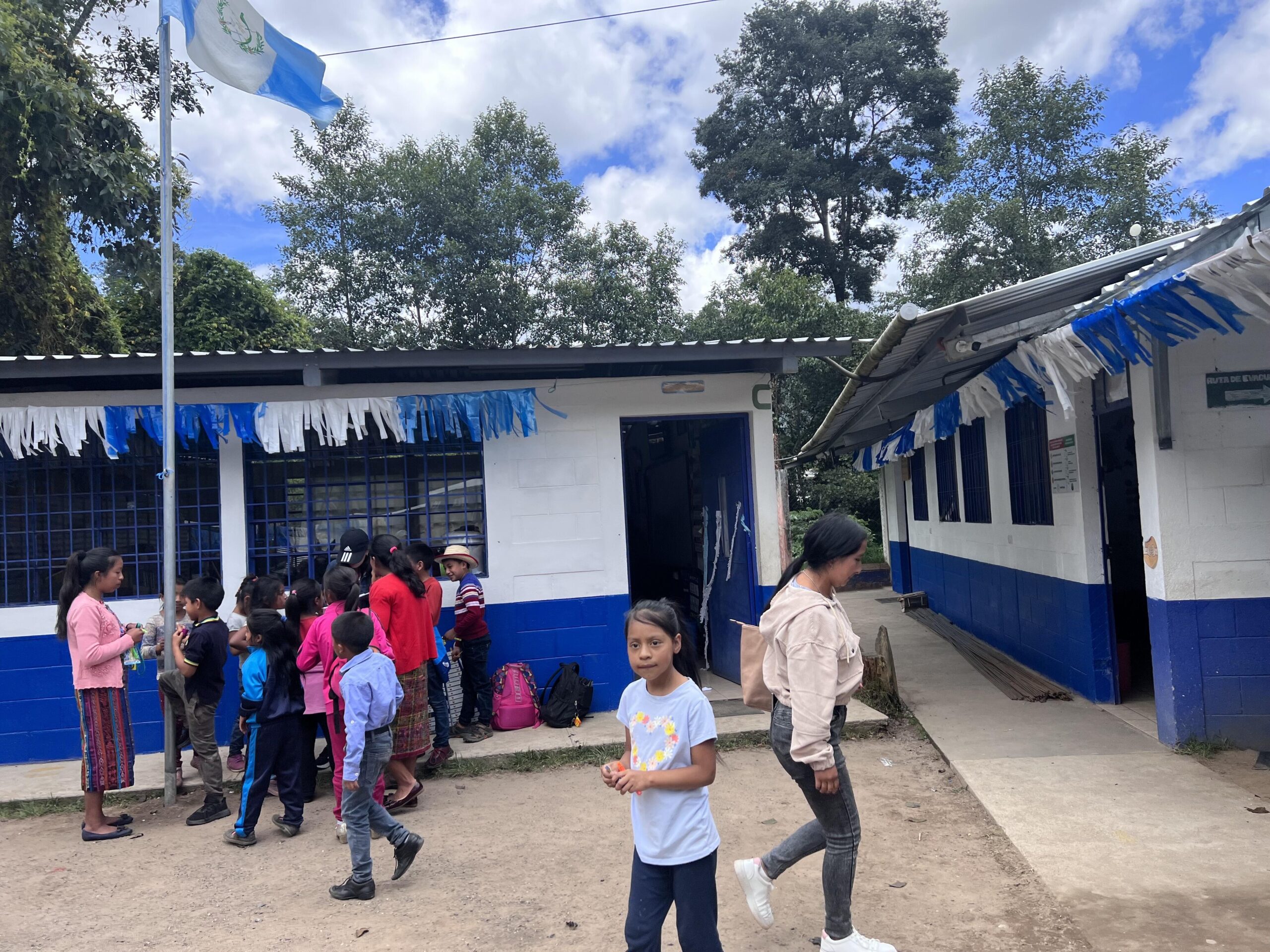
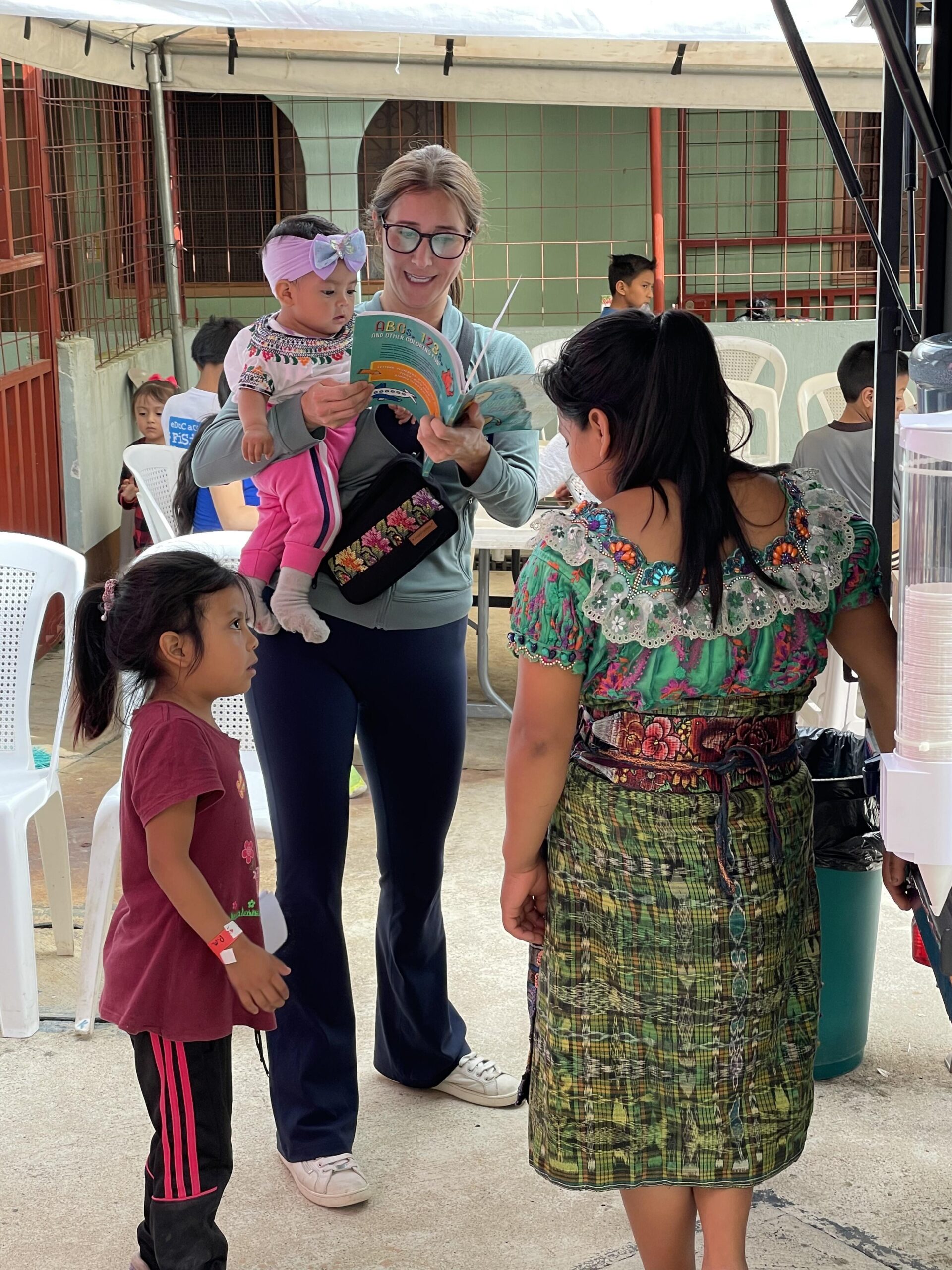
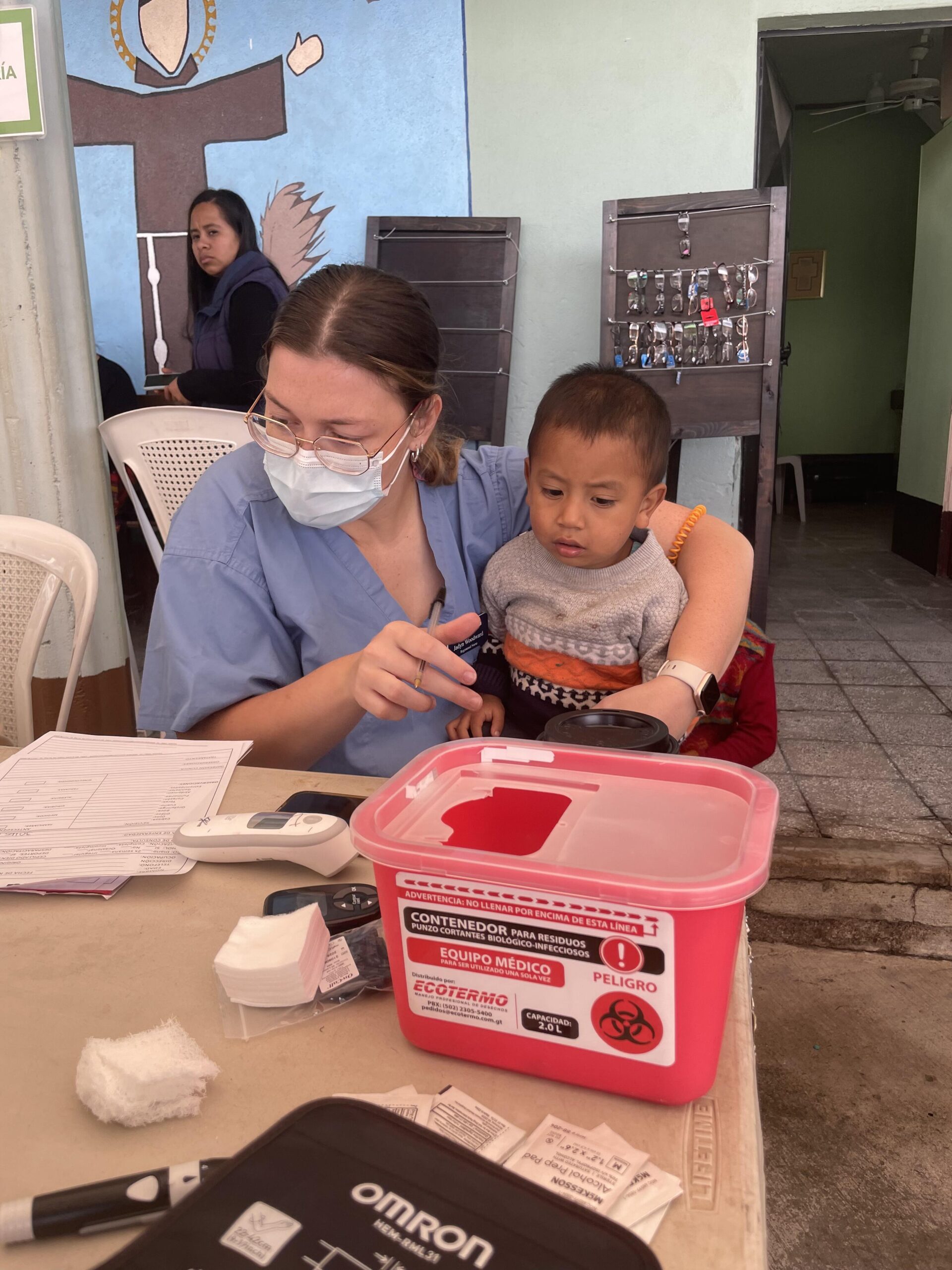
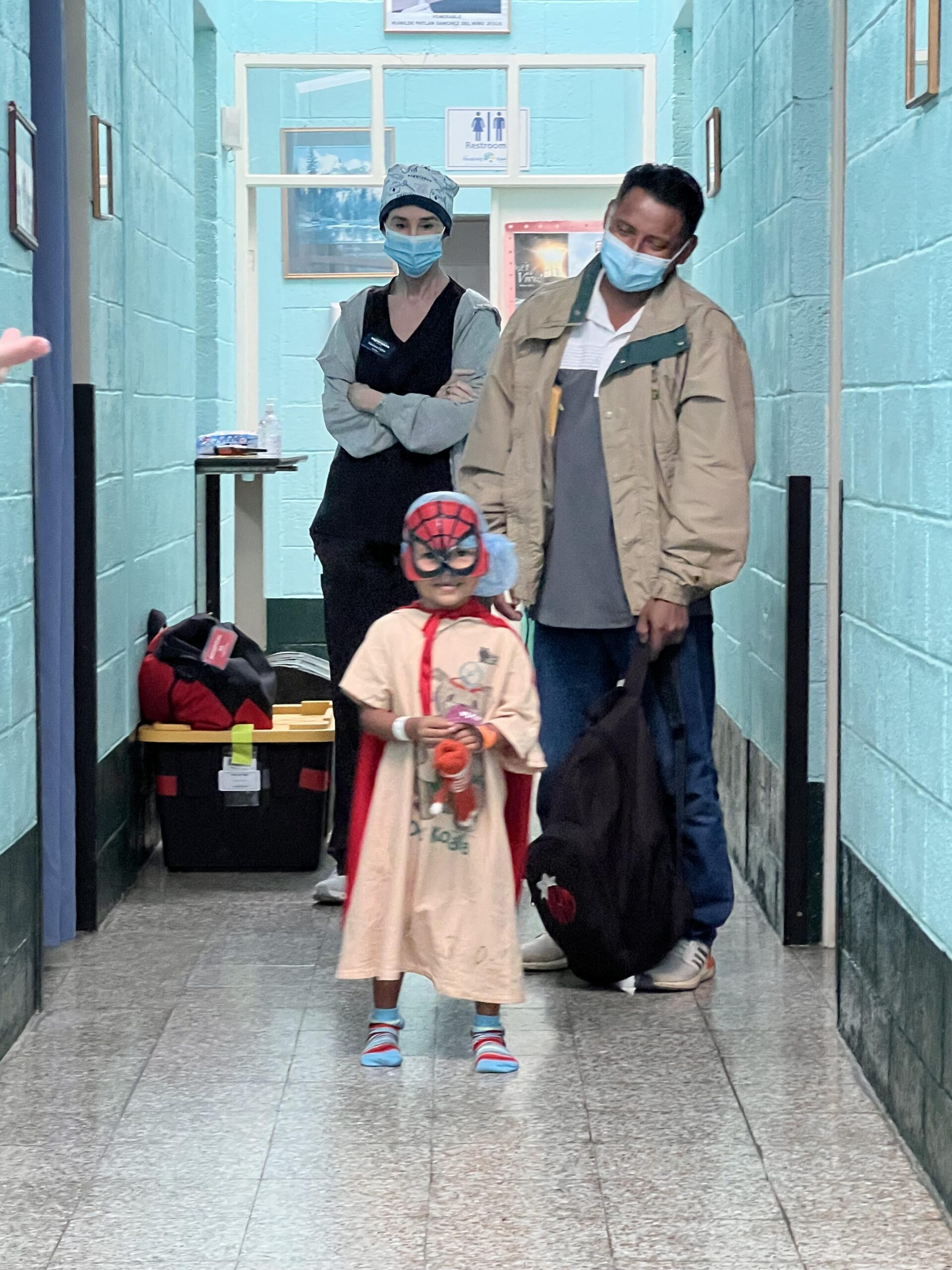
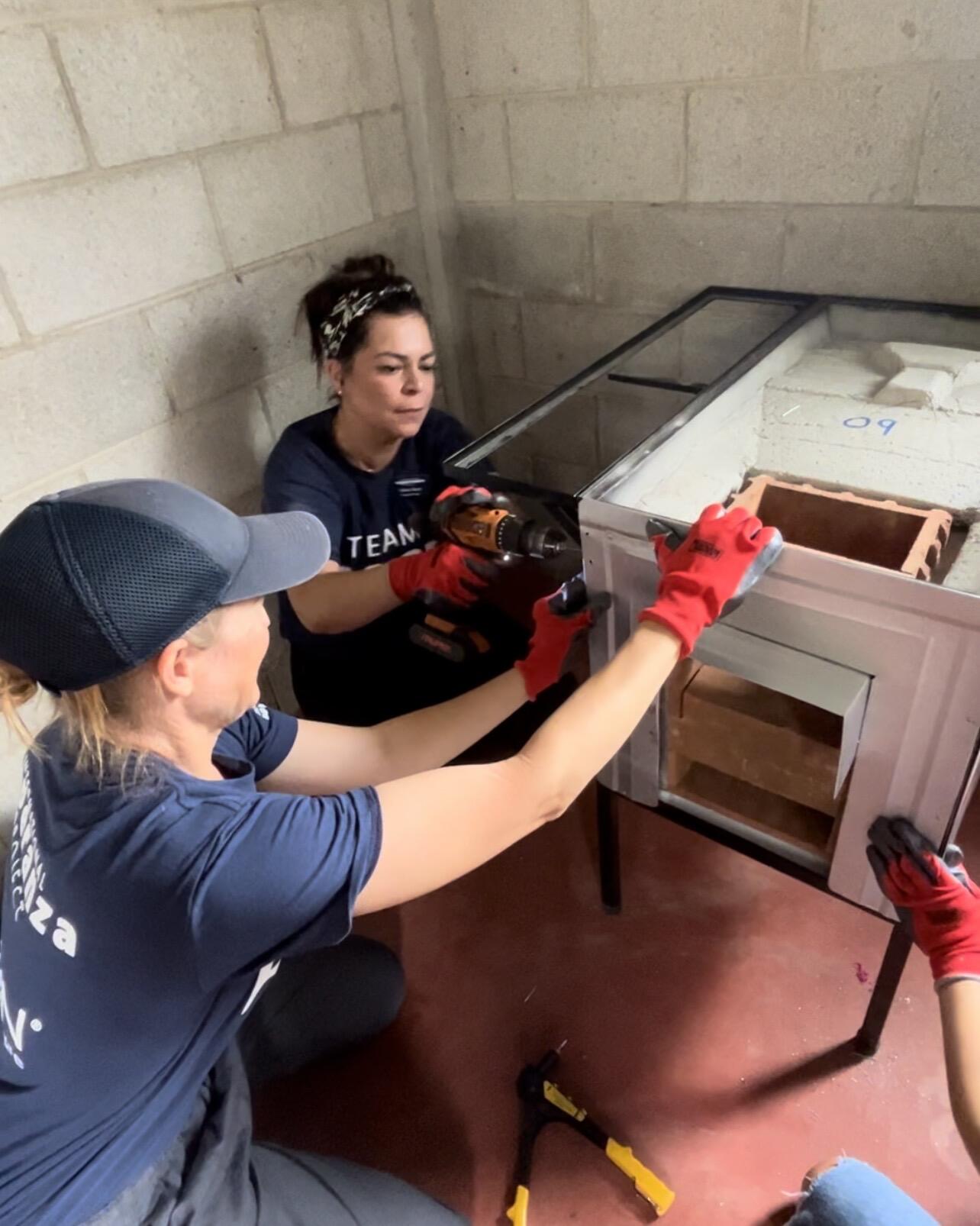
Sanford Health nurses helped patients of all ages in rural Guatemala get surgeries and other medical treatments. They also built stoves and water filters. (Photos by Sanford World Clinic)
Happy tears with patients
Sarah Bruns, director of operations at Sanford Health, has been witness to a lot of moments that tug at her heart strings in her time as a nurse. She knows the expression of those emotions, however deeply felt, can get in the way of providing care. As part of being a professional, she most often keeps feelings to herself.
Twice on her trip to Guatemala, however, she had to suspend the no-cry rule.
On her first day treating patients, Bruns, who was assisting with eye surgeries, was part of a group that traveled from Guatemala City to a clinic in Patzun, a city of 26,000 about 50 miles to the west. She was barely off the bus and it was already getting emotional.
“I can’t explain the feeling when you walk through the gates of the hospital and the people waiting start clapping and cheering,” Bruns said. “That’s simply the best feeling ever. It’s one of the few times I’ve been brought to tears in my career.”
Her tear ducts also got the best of her the day a teenage boy was waking up from surgery after the staff had removed a cyst from his lower eyelid. He appeared to be distressed so Bruns had a translator ask him what was wrong.
“The translator told me he was fine,” Bruns said. “He wasn’t in pain, he wasn’t scared, he was crying because he was grateful. That really touched me.”
Often these health problems Bruns and the others were treating spoke to the hardships that were part of their patients’ everyday lives. Women who worked in the fabric industry and knelt all day on the hard ground, for instance, had bad backs and bad knees.
Dietary deficiencies were also common. Mothers brought in their malnourished children and wanted answers about what they could do.
“A lot of our patients had to wait for hours to see somebody,” said Jen Matthees, manager of an inpatient nursing unit in Fargo. “They were all so patient and kind when we were able to treat them. It was very humbling to see how grateful they were just for the chance to be there.”
Building healthy infrastructure
Building and installing stoves and installing five-gallon water-filtering systems might sound like a minor detail to Americans, but many families in rural areas in Guatemala cook food over flames. By installing wood-burning stoves with safe ventilation, families use less firewood and risk fewer burns.
The group installed and built 86 stoves, getting the opportunity to interact with Guatemalan families in the process.
Like so many other elements of the mission, this time spent with Guatemalans provided perspective on how much different life can be outside the United States.
“It’s easy for us to get caught up in the busyness of our lives,” Dr. Garcia explained. “We quit paying attention to what brings joy and value to our existence as human beings. What we find with these interactions is that we create a tremendous impact, but the impact on us is also very valuable. A mission can change the way you look at relationships, the way you look at your job, the way you interact with your family. It brings value back to your life.”
There will be future mission opportunities for Sanford nurses, including an expansion of the partnership with the International Esperanza Project that could lead to more employees spending more time in Guatemala.
“We were able to reconnect what is important as an individual, what is important as a Sanford staff member and what is important to Sanford as an organization,” Matthees said. “For Sanford to sponsor us on this journey – to take us out of our comfort zones – was huge. It speaks volumes about how much Sanford cares for people in our footprint and beyond.”
When people ask Gilstad about her trip, she tells them about her jaw. It’s occasionally a problem for her, she says. It’s not overwhelming but occasionally needs treatment.
“When I got back, my jaw was exasperated and it sent me back to physical therapy,” she said. “The reason it was exasperated was because I was smiling so much when I was there. That’s the kind of trip this was.”
Learn more
- Nurse mentorship program lends helping hand internationally
- Sanford nurse starts skills fair at hospital in Costa Rica
- Next for World Clinic: providing nurses with opportunities
…
Posted In Bismarck, Community, Fargo, Nursing and Nursing Support, Rural Health, Sioux Falls, World Clinic
